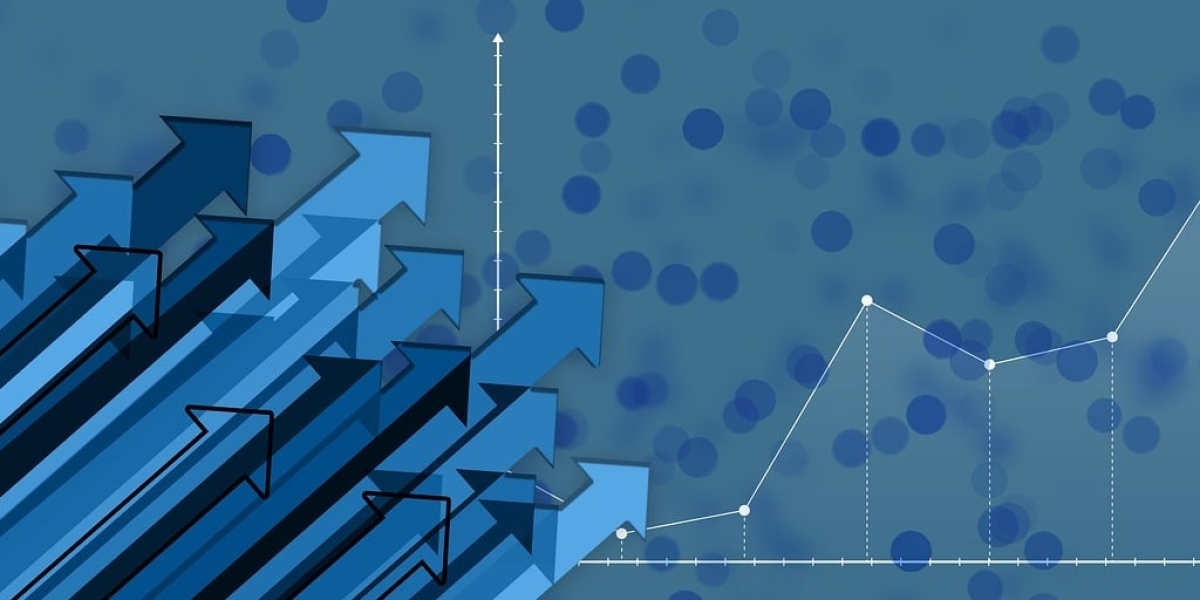In data engineering, data visualization is a crucial tool for developers. It enables the transformation of complex datasets into clear visual representations, aiding in understanding and decision-making. This guide will discuss the importance of data visualization, its benefits, and best practices for developers.
Data visualization acts as a bridge between raw data and actionable insights. By converting information into visual formats such as charts, graphs, and maps, developers can detect patterns, trends, and relationships that might be overlooked in raw data. This visual clarity helps stakeholders quickly understand complex concepts and make data-driven decisions.
A significant advantage of data visualization is its ability to enhance data exploration and analysis. Developers can use various visualization techniques to view datasets from different perspectives, identify outliers, and spot anomalies. Interactive visualizations allow users to drill down into specific data points, filter information, and gain deeper insights into the data's underlying patterns.
Data visualization also improves communication and collaboration within teams. By presenting data insights visually, developers can effectively convey complex ideas and findings to non-technical stakeholders. Visualizations serve as a common language, breaking down technical barriers and enabling cross-functional teams to work together towards shared goals.
To create effective visualizations, developers should follow certain best practices. Firstly, selecting the appropriate visualization type that best represents the data and conveys the intended message is crucial. Whether using a bar chart, line graph, or scatter plot, choosing the right visualization enhances data understanding.
Design principles such as simplicity, clarity, and consistency are also important. Avoid cluttering visualizations with unnecessary elements and focus on presenting essential information concisely. Use suitable colors, labels, and annotations to direct the viewer's attention and aid comprehension.
Additionally, incorporating interactive features can boost user engagement and exploration. Interactive visualizations allow users to interact with the data, customize views, explore different scenarios, and extract insights tailored to their specific needs.
In conclusion, data visualization is an essential tool for developers in data engineering, enabling them to explore, analyze, and communicate insights effectively. By integrating data visualization into their workflows and adhering to best practices, developers can maximize their data's potential and support informed decision-making processes in their organizations. For advanced data visualization techniques and resources, developers can visit https://oak.dataforest.ai/.









